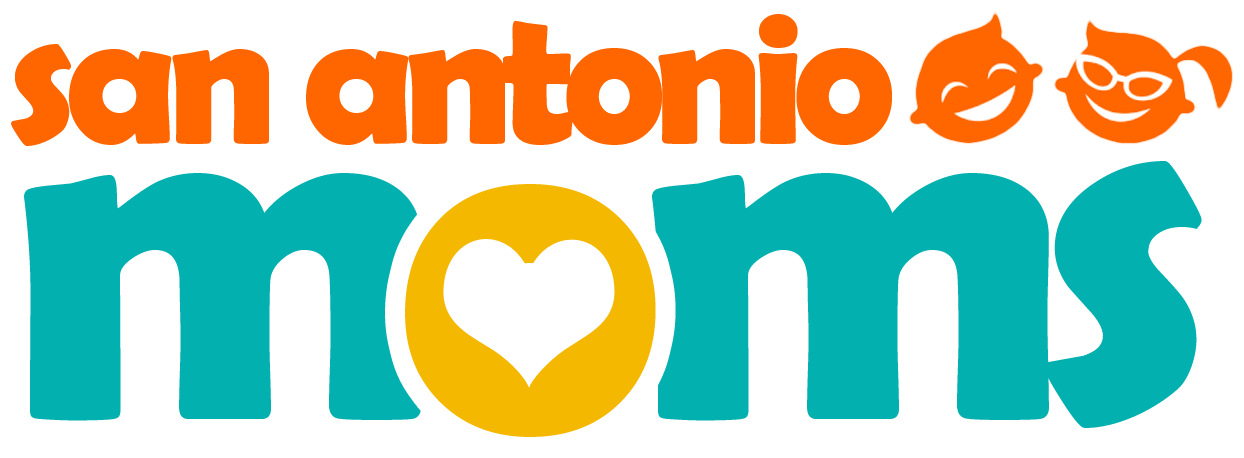The Five Senses
Table of Contents
Advanced students journal their explorations as they learn about taste, touch, smell, hearing, and sight.
So, what’s with all that mushy stuff gifted students see when they study the human brain? To many, the brain looks like a soggy clump of limp cauliflower, and that’s a pretty disturbing sight. Still, it is important that the students develop an understanding and appreciation for what the brain is and how it works, so helping them concentrate on how the brain manages the five senses of taste, touch, smell, hearing, and sight can be a good start.
The objective of this activity is to help advanced students discover more about how the human brain and the nervous system function with a sensory-rich walk through their own schoolyard!
Discussion
Begin the discussion about the brain and neuroscience by leading a conversation concerning the five senses. Most students will be able to list them, and writing them on the board as they are announced can help reinforce this previous learning. After the senses have been identified, tell the students that the brain helps us perceive and make sense of the world around us. Do senses help us make sense?
In preparation for the activity, ask the students if anyone knows any stories about the jungle and how the jungle is portrayed in these stories. After the students get the feel for what a jungle is like, announce that they will be going on a schoolyard jungle safari!
Activity
After the discussions and preparing them for the activity, assign students into jungle safari pairs and pack whatever provisions are needed to trek into the wilds of the playground (survival water, mosquito netting, yardsticks to fight off the wild beasts, etc.). One team member will be the journalist trekking along with the intrepid explorer, while the other will be the “sensory explorer,” who reports everything seen, heard, touched, tasted and smelled in the playground during the expedition. After ten minutes, the students will reverse their roles out in the wilderness of the school grounds.
Lead the expedition teams outside to a playground or any safe area around the school, or if it is raining, a trip to the cafeteria can work just as well. Teachers can enhance the experience by warning the students to beware of the fierce reticulated teeter-totter, or the surly spotted spiral slide, or the always-dangerous jungle gym! What do they see? What do they smell, taste, hear and feel? The sensory explorers should be announcing observations just as fast as the journalists can record them.
After each student has had a turn, return to the class and write the five senses on the board again. Have the students read their lists and determine which sense category each observation fits under, or if there are multiple sense categories. As they report, record their observations under the appropriate senses on the board. Whenever there is a repetition, put a check next to that word. Once the list is complete, have the students copy the words into their science notebooks. Finally, ask them to predict what the observations would be if the activity were repeated in different locations.
Closure
Ask the students how the jungle experience would have differed if they had no sensory involvement with the environment – they couldn’t see, smell, taste, hear or feel. How would they have been able to process the world around them? What function does the human brain have in perception?
As a wrap-up activity, ask the students to create a story about a character and plot of their own choosing, being sure to use at least ten of their sensory observation words somewhere in the narrative
